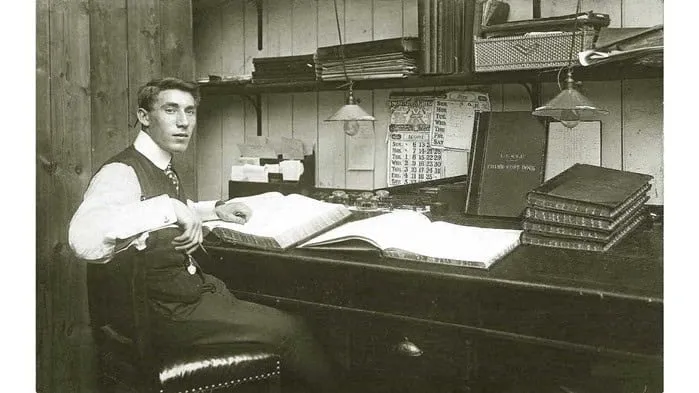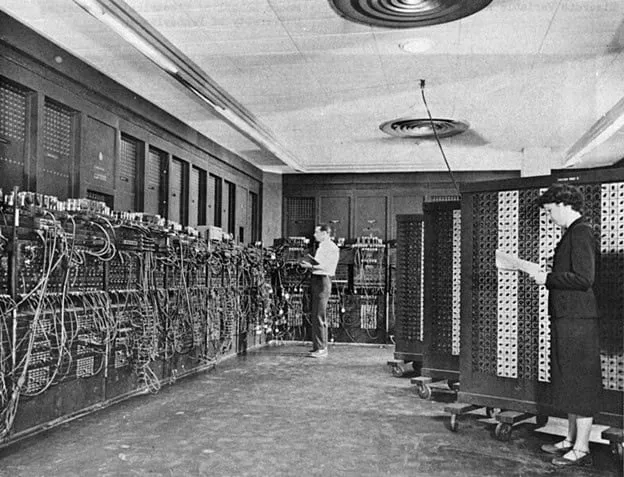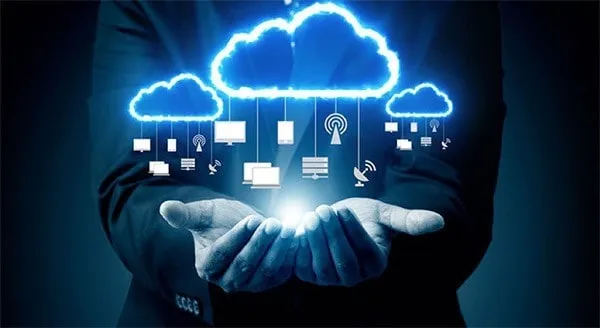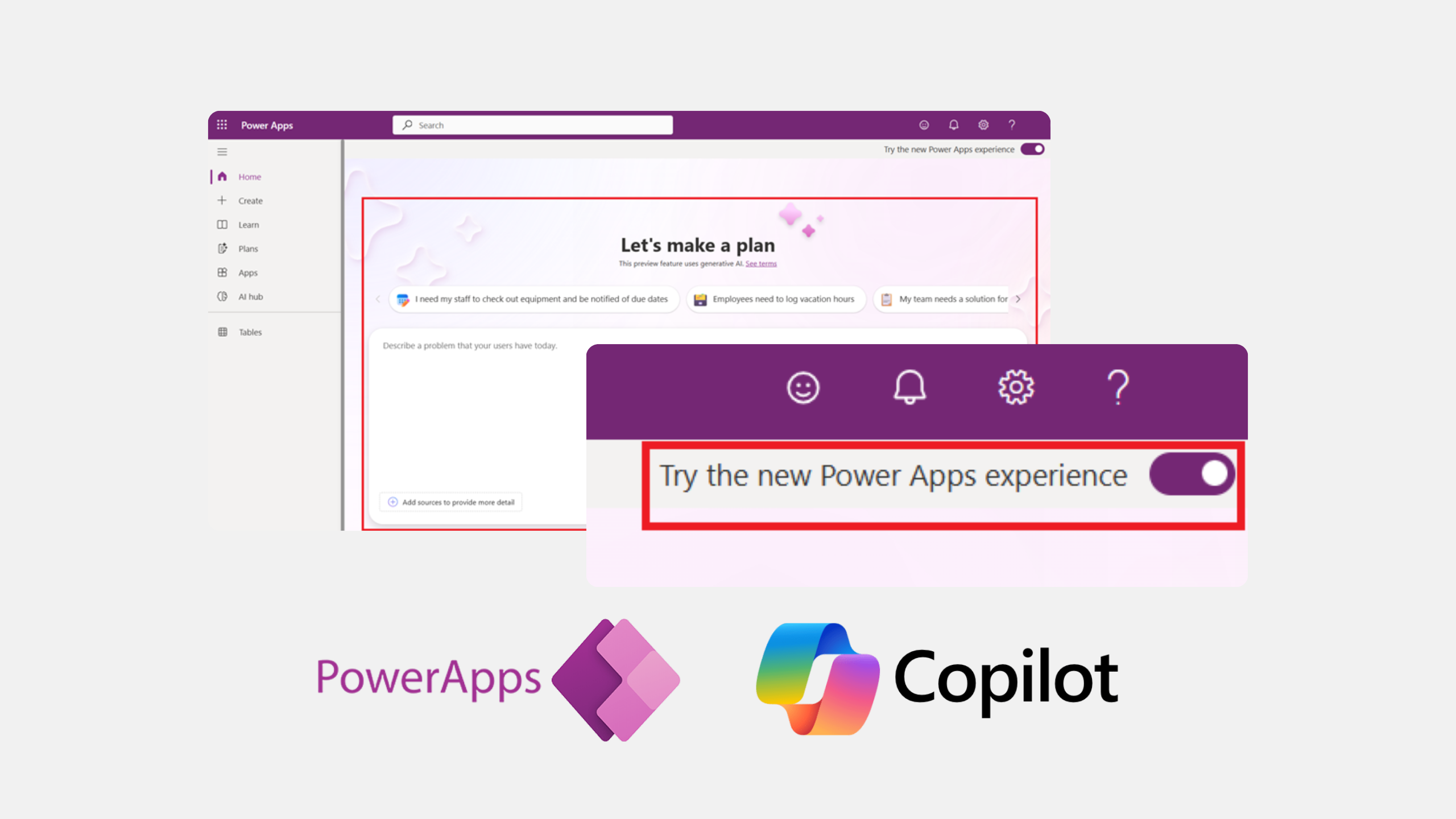The past, present and future of ERP systems

When I first started working at VisualLabs, during the first WSM (weekly standup meeting), where each business unit reports on their current weekly tasks, I noticed how many acronyms we use. As a member of the ERP team, the question arose in my mind: besides the fact that we use them, do we know exactly how they were developed and what they mean?
Everyone is now familiar with the term ERP (Enterprise Resource Planning), but few people know its exact origins and how it evolved.So I thought I'd gather together where it all started and what the main milestones were that helped shape the ERP systems we know today. As we look back in time, we will realise how deeply rooted this technology is in the modern business world.
In this blog, I've collected 7 milestones that helped shape the ERP system we know today.
In today's world, it would be unthinkable for a company not to use some kind of computer system for its various processes. However, even before the advent of the computer, companies had to manage these processes (be it accounting or production planning) in some way. Let's take accounting as an example. Accountants recorded every single financial transaction on paper, by hand, in different books. And they were managed day by day, month by month. It is hard to imagine that companies often had rooms full of (general) ledgers and files, each containing dozens of transactions. And at the heart of it all was the accountants' most treasured possession: the ledger. It is hard to imagine how much work must have been involved in the year-end closing process and how many mistakes must have been made in the process.

- The birth of computers (1950s):
In the 1950s, with the birth of the computer - for which János Neumann laid the theoretical foundations - a new dimension opened up in the way companies operate and transform their processes. Although these computers were used in the 1950s mainly in the military and scientific fields - because of their large size and price - they soon became part of the business world thanks to continuous technological developments. These tools enabled faster processing and analysis of data and helped automate the activities of companies.

2. Inventory management and control (1960s):
One of the first milestones in the growing uptake of the computer and the realisation of its potential for business dates back to the 1960s. It was then that the manufacturing industry recognised the need for a system that would allow them to manage, monitor and control their inventory. The advent of information technology has allowed companies to integrate and automate their business processes. As a result, they have been able to improve the efficiency and accuracy of their inventory management. This was one of the first steps towards the emergence of ERP systems.
3. Material Requirement Planning (MRP I, 1970s):
The concept of MRP (Material Requirements Planning) first emerged in 1970 and was essentially a software-based approach to planning and managing manufacturing processes. The application of MRP focused primarily on planning and tracking material requirements. This approach allowed companies to predict more accurately the quantities and types of materials they would need in their production processes. MRP has enabled companies to manage material procurement and production scheduling more efficiently, reducing losses due to over- or under-pricing. This innovation has had a significant impact on the manufacturing industry and has fundamentally transformed the way companies plan materials. This approach helped to increase the efficiency and competitiveness of manufacturing companies in the 1970s.
4. Production Resource Planning (MRP II, 1980s):
The 1980s marked a major milestone with the advent of MRP II systems. While MRP focused exclusively on the inventory and materials needed to meet actual or forecast customer demand, MRP II now provides greater insight into all other manufacturing resources. By extending production planning beyond materials to labor, machinery, and other production resources, it gives companies much greater control over their manufacturing processes.
5. Enterprise resource planning systems (ERP, 1990s)
It was in the 1990s that the first true ERP systems were introduced (the term ERP itself was first used in the 1990s by the research firm Gartner).The ERP systems were a significant improvement over MRP II systems, as they focused not only on the full integration and automation of manufacturing processes, but also on the full integration and automation of business processes. Examples of such processes include purchasing, sales, finance, human resources and accounting. As a result of this full integration, companies are now able to manage their business processes in a single database. This has brought many benefits. The unified storage and management of information ensured access to accurate, up-to-date data. This improved decision-making processes and efficiency for companies. And the interconnected business areas helped them to make and implement coherent strategies. As a result, the ERP system became a 'one-stop-shop' that brought together and managed all corporate information.
6. Web-based functionalities with the advent of the Internet (ERP II, 2000s)I
n the mid-2000s, the role of the Internet in the business world increased and ERP systems adapted to this change. Systems began to incorporate customer relationship management (CRM) and supply chain management (SCM) functionality. With ERP II, the focus has been on user-friendliness and customisation. Modular systems were developed that allowed businesses to select and implement the components that best fit their operations.
7. Cloud ERPs (2010s):
In the 2010s, the emergence of cloud technology gave a new dimension to ERP systems. Cloud ERP solutions have enabled companies to host and run their ERP systems in the cloud instead of traditional on-premise deployments. This has offered significant benefits, including greater flexibility, lower costs and easier access to critical data. Thanks to cloud ERP systems, companies no longer have to worry about server maintenance or software updates, as these tasks are handled by their service providers. This allows companies to focus on their business goals and processes while ensuring that their systems are always up-to-date and available.
+1 The future of ERP:
And where is the development of ERP systems heading today? With the help of intelligent algorithms and artificial intelligence, systems are increasingly capable of automating and optimising business processes, reducing the need for human intervention. Data will continue to play a key role in the future, as companies are able to make better business decisions by analysing it more effectively. The integration of ERP systems with various IoT tools will enable real-time data exchange and real-time analysis to provide companies with faster and more accurate answers to support different business issues.

ERP systems also increasingly offer a personalised user experience and extensible integrations with other business applications and technologies. In the future, ERP systems will not only function as a tool, but will provide companies with real business intelligence and competitiveness, helping them to keep pace with the rapidly changing business environment and to stand out from their competitors.
Are you familiar with the world of ERP systems? Visual Labs can help you explore its potential.
Sources:
https://www.geniuserp.com/resources/blog/a-brief-history-of-erps
https://www.fortunetechnologyllc.com/history-of-erp-systems/
https://www.geniuserp.com/resources/blog/a-brief-history-of-erps
https://www.erp-information.com/history-of-erp.html#google_vignette
https://www.techtarget.com/searcherp/tip/MRP-vs-MRP-II-Learn-the-differences
https://www.business-case-analysis.com/account.html
https://www.britannica.com/technology/computer/IBM-develops-FORTRAN
https://business.joellemena.com/business/when-did-computers-start-being-used-in-business-2/
Blog posts

There's a new way to turn business ideas into app frameworks
Heading 1
Heading 2
Heading 3
Heading 4
Heading 5
Heading 6
Lorem ipsum dolor sit amet, consectetur adipiscing elit, sed do eiusmod tempor incididunt ut labore et dolore magna aliqua. Ut enim ad minim veniam, quis nostrud exercitation ullamco laboris nisi ut aliquip ex ea commodo consequat. Duis aute irure dolor in reprehenderit in voluptate velit esse cillum dolore eu fugiat nulla pariatur.
Block quote
Ordered list
- Item 1
- Item 2
- Item 3
Unordered list
- Item A
- Item B
- Item C
Bold text
Emphasis
Superscript
Subscript

The past, present and future of ERP systems
Heading 1
Heading 2
Heading 3
Heading 4
Heading 5
Heading 6
Lorem ipsum dolor sit amet, consectetur adipiscing elit, sed do eiusmod tempor incididunt ut labore et dolore magna aliqua. Ut enim ad minim veniam, quis nostrud exercitation ullamco laboris nisi ut aliquip ex ea commodo consequat. Duis aute irure dolor in reprehenderit in voluptate velit esse cillum dolore eu fugiat nulla pariatur.
Block quote
Ordered list
- Item 1
- Item 2
- Item 3
Unordered list
- Item A
- Item B
- Item C
Bold text
Emphasis
Superscript
Subscript
Ready to talk about your use cases?
Request your free audit by filling out this form. Our team will get back to you to discuss how we can support you.


